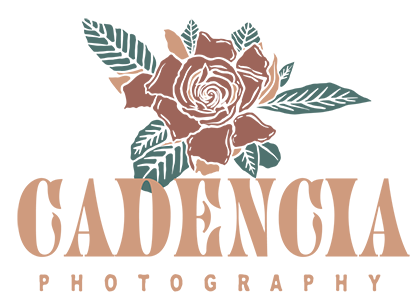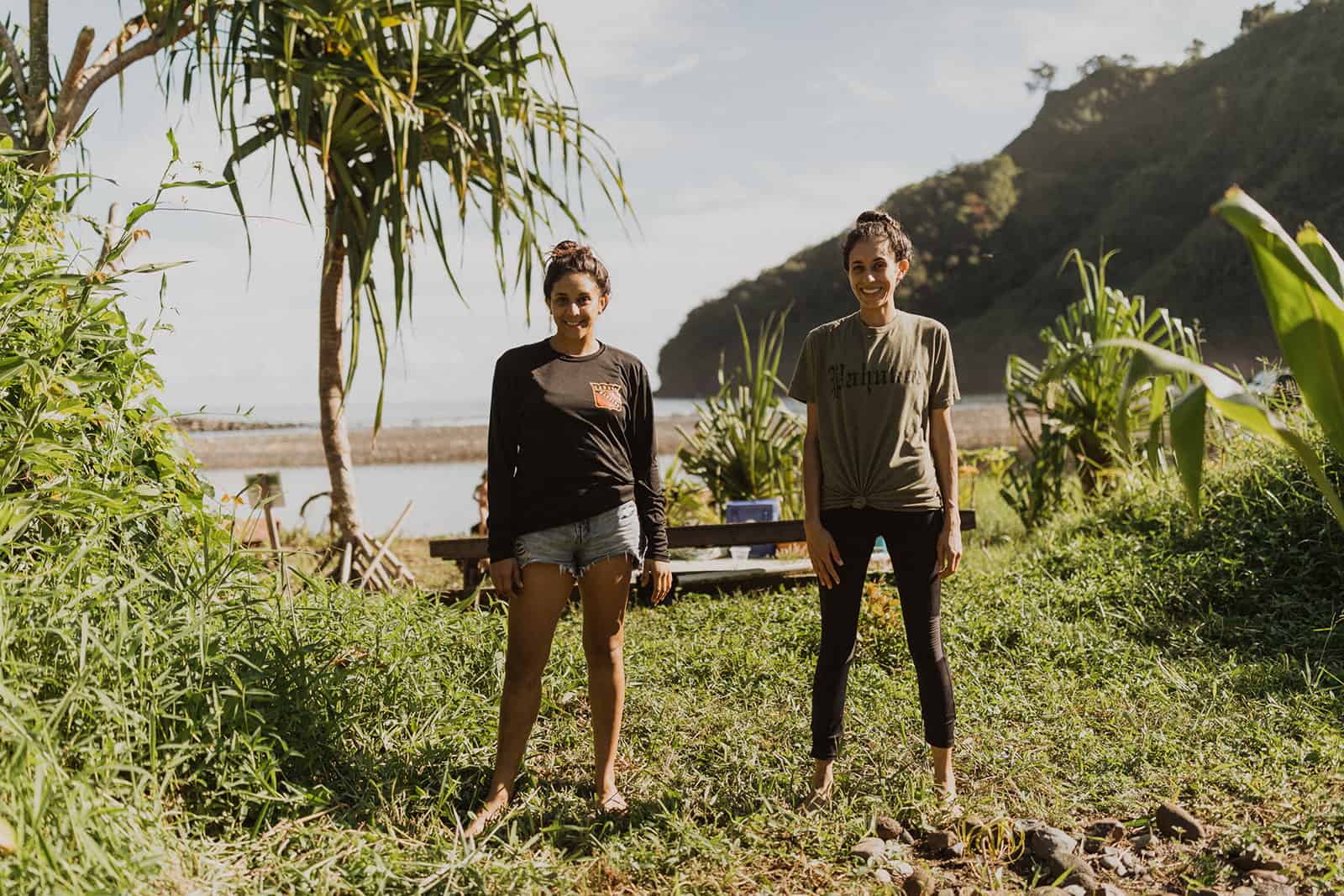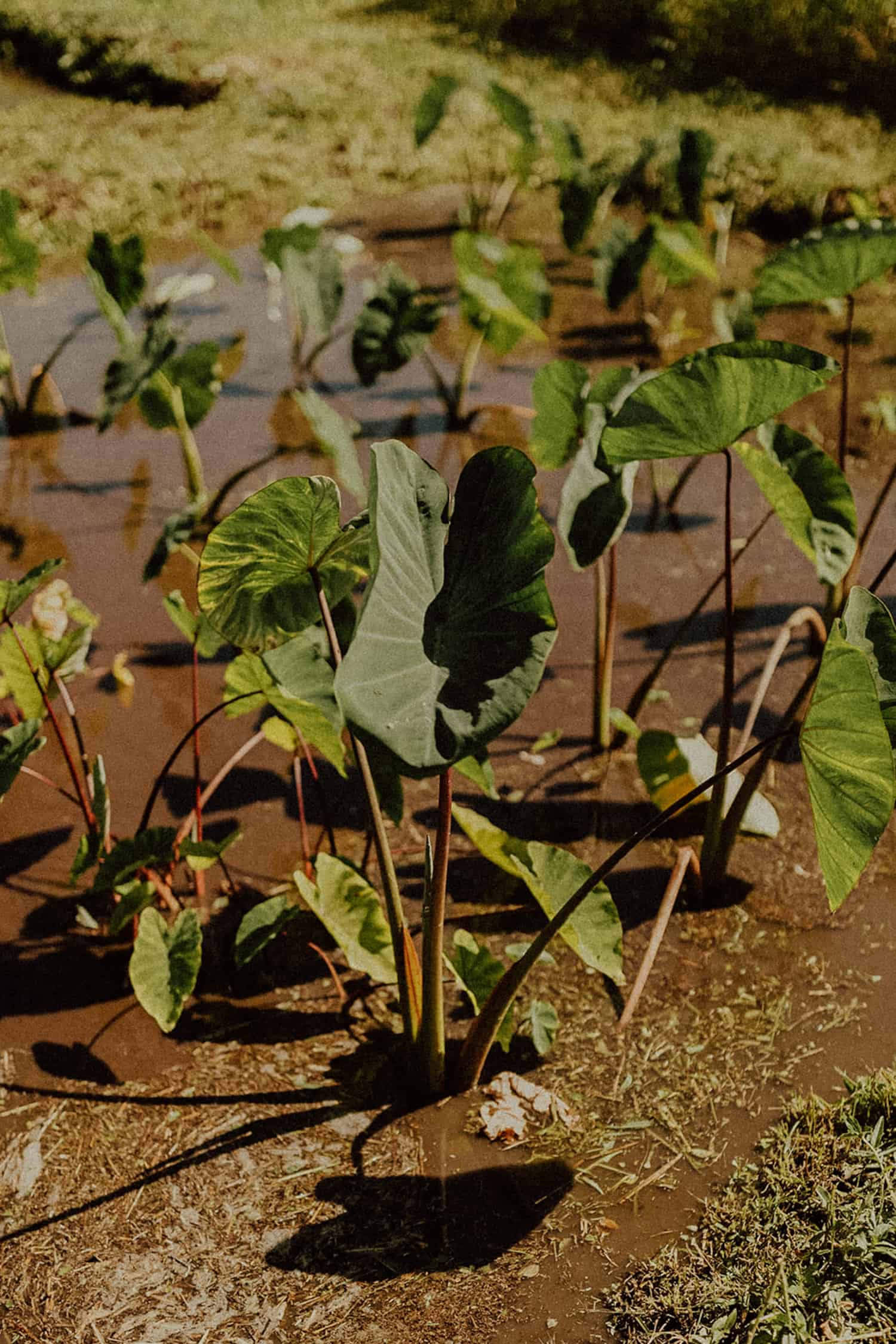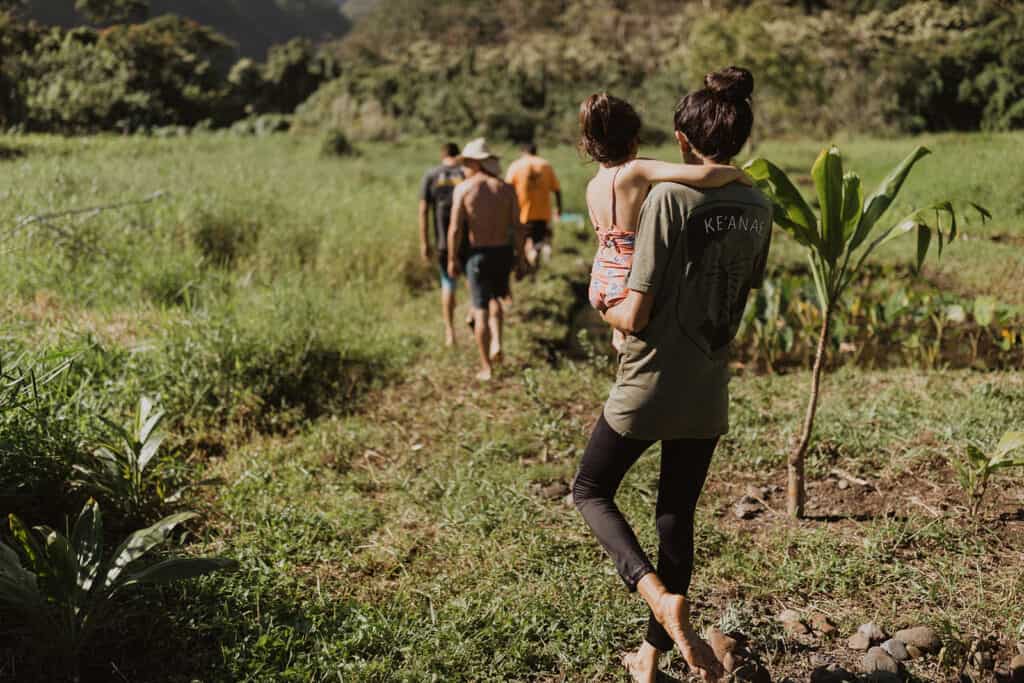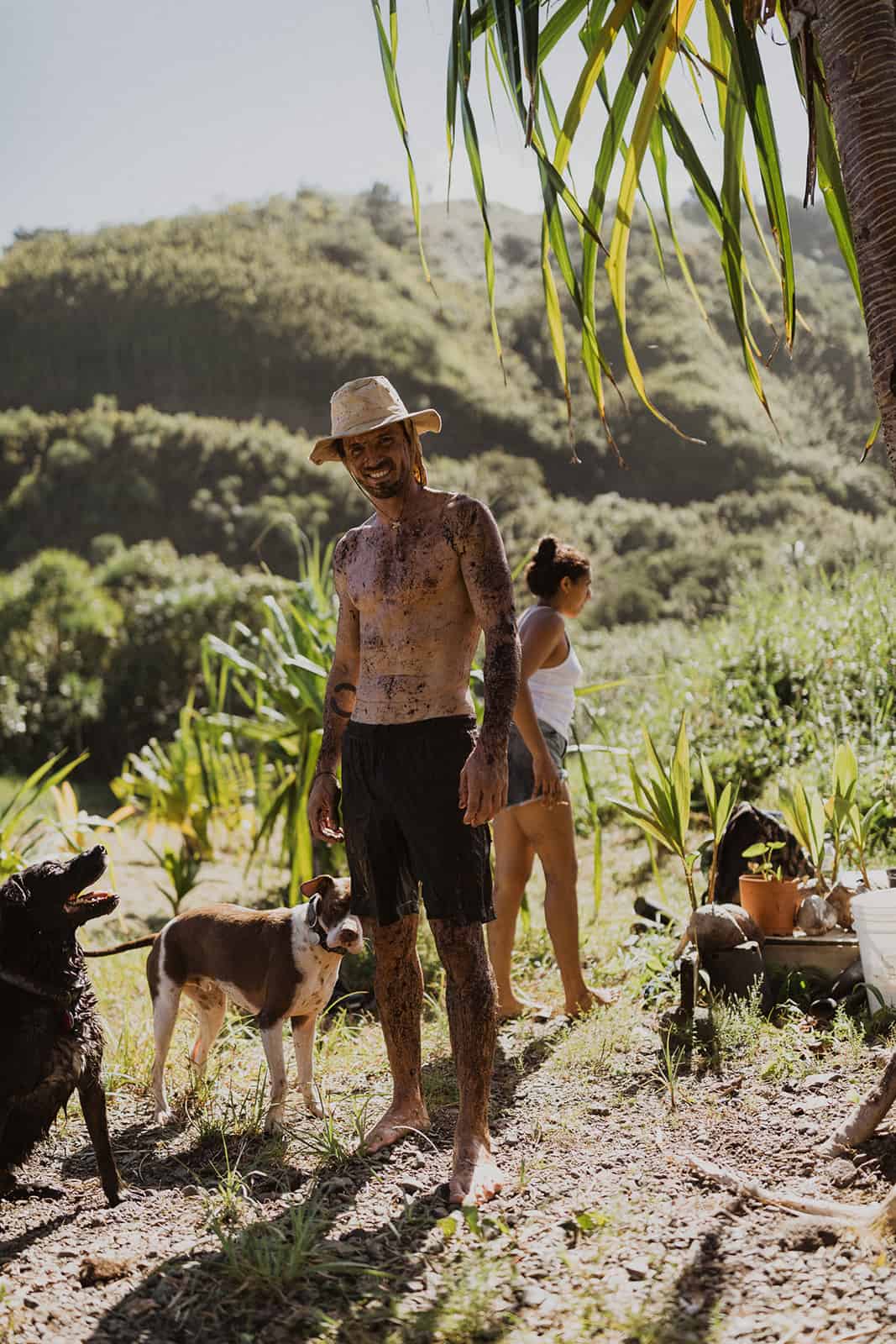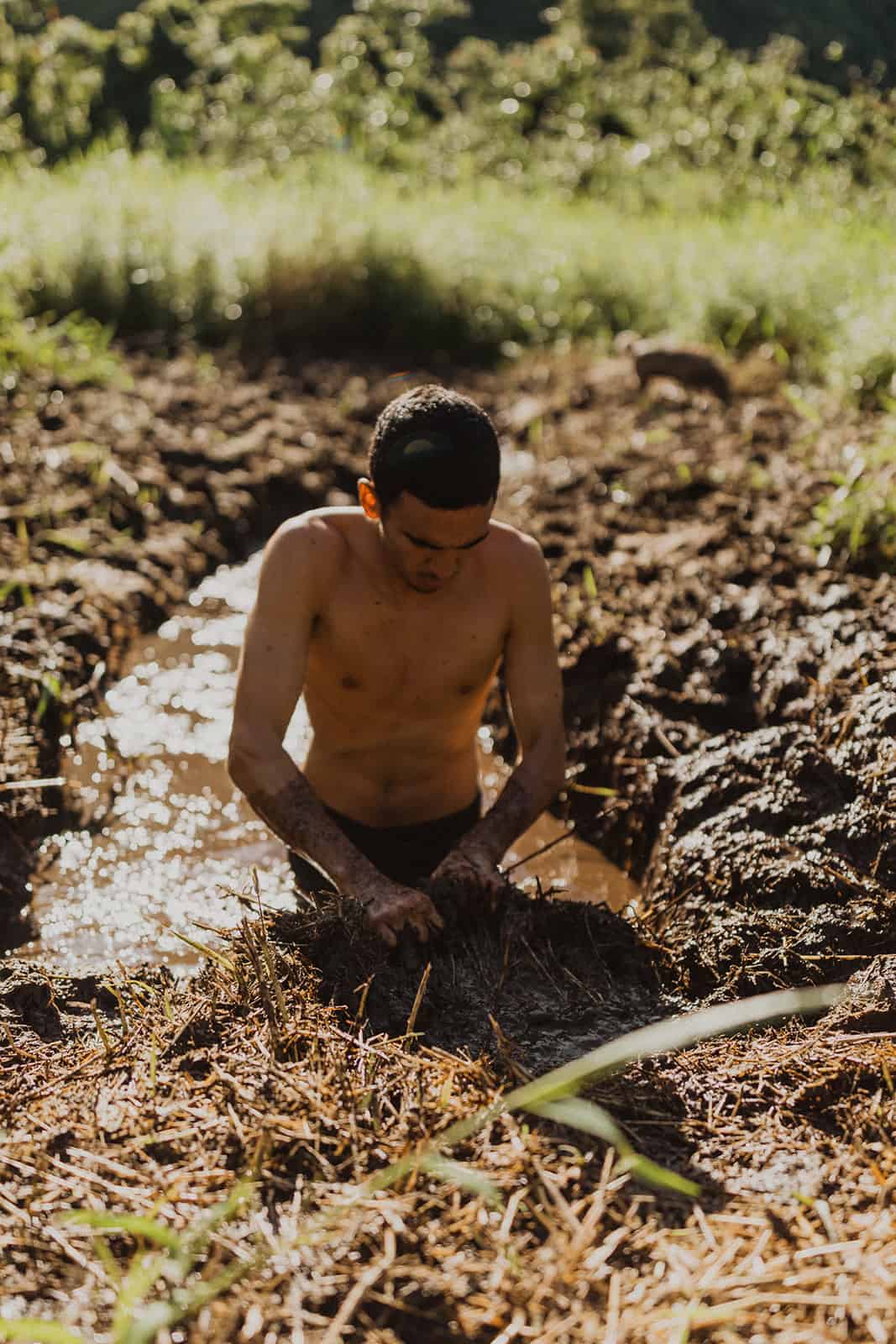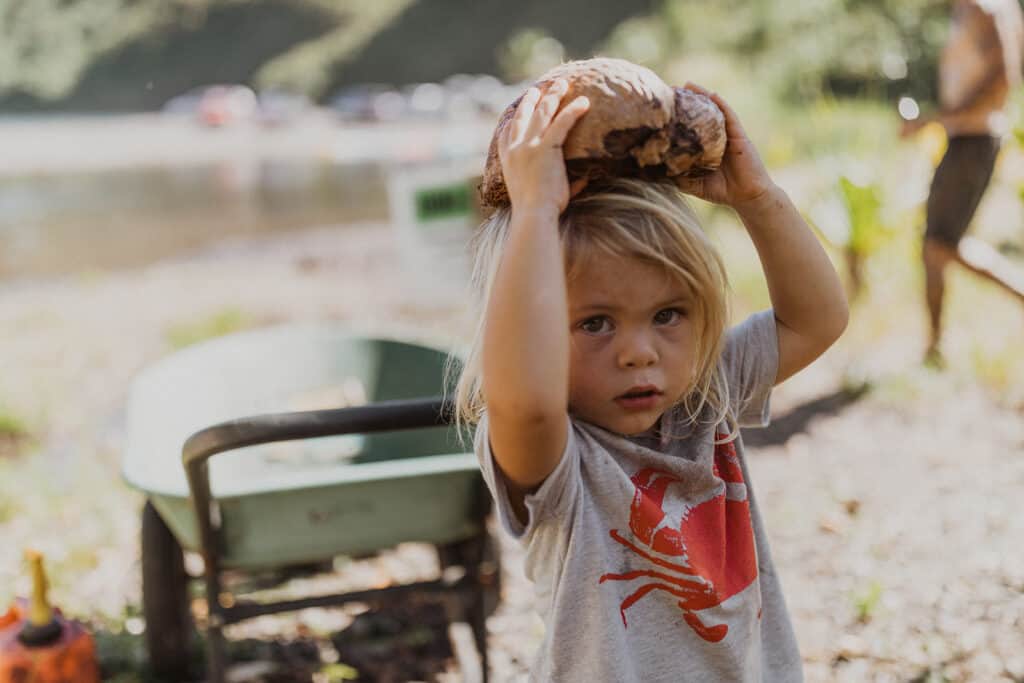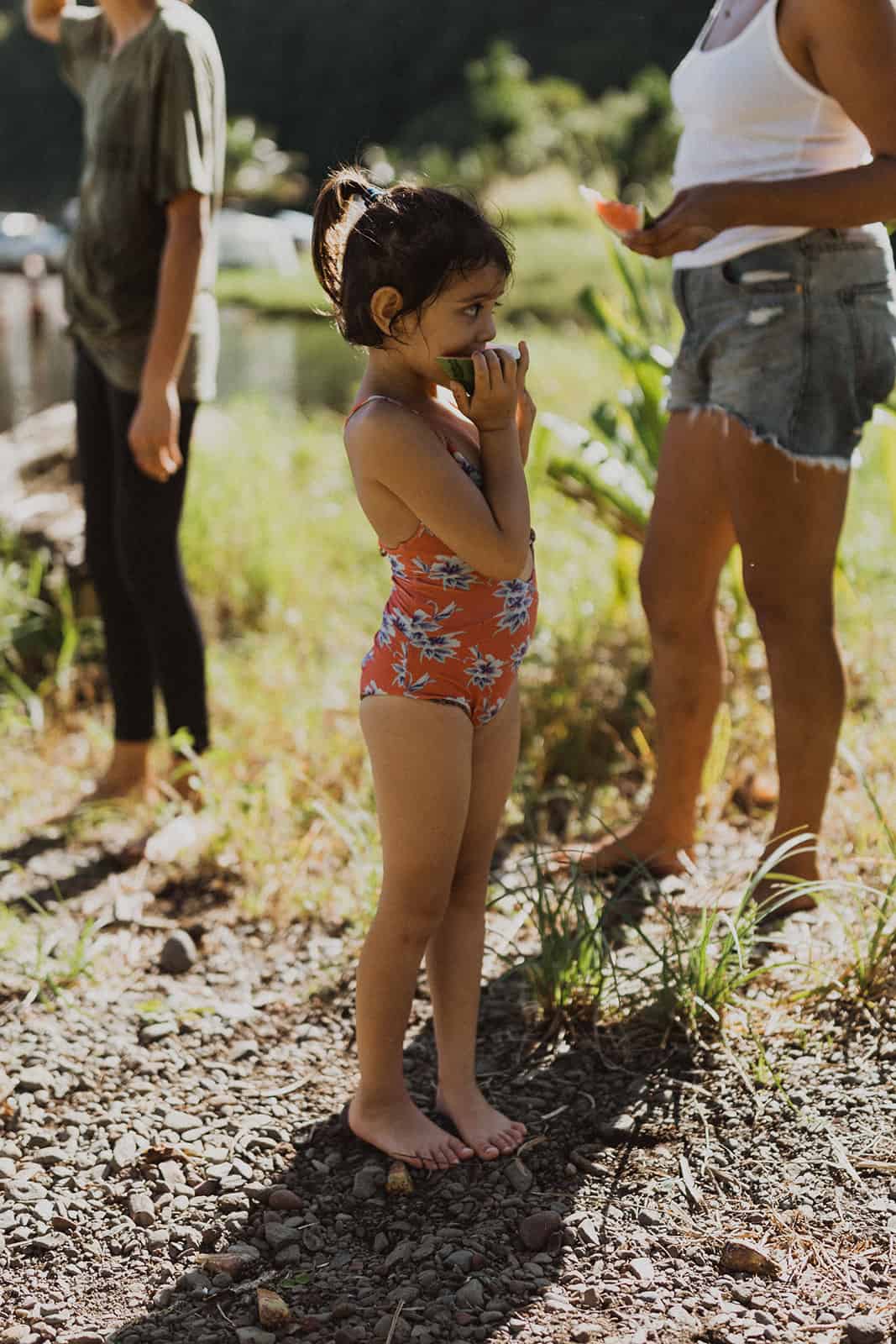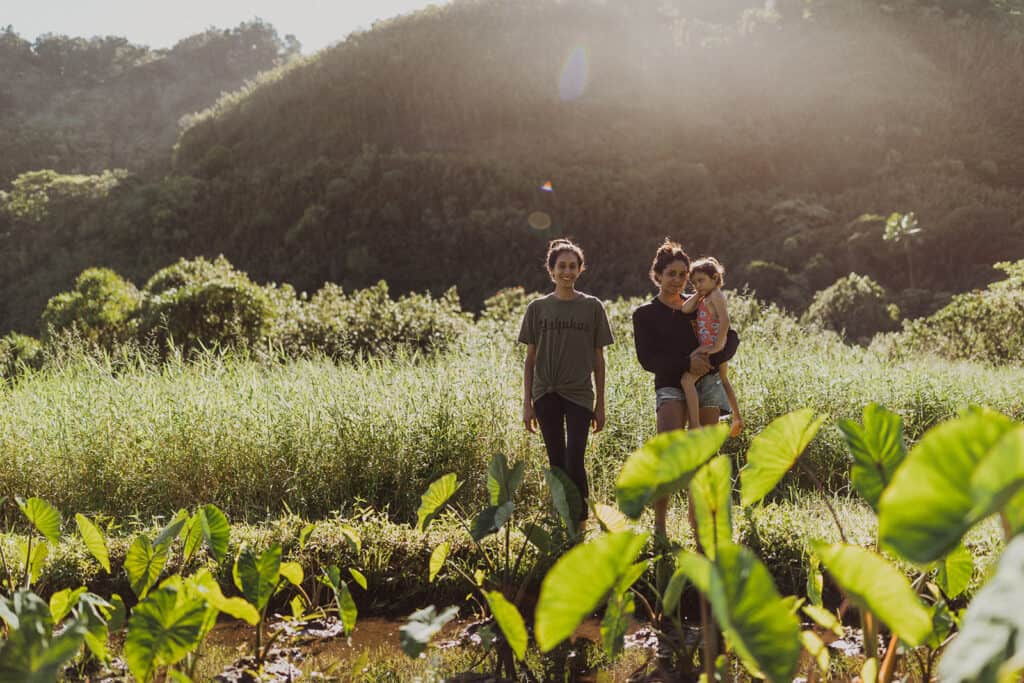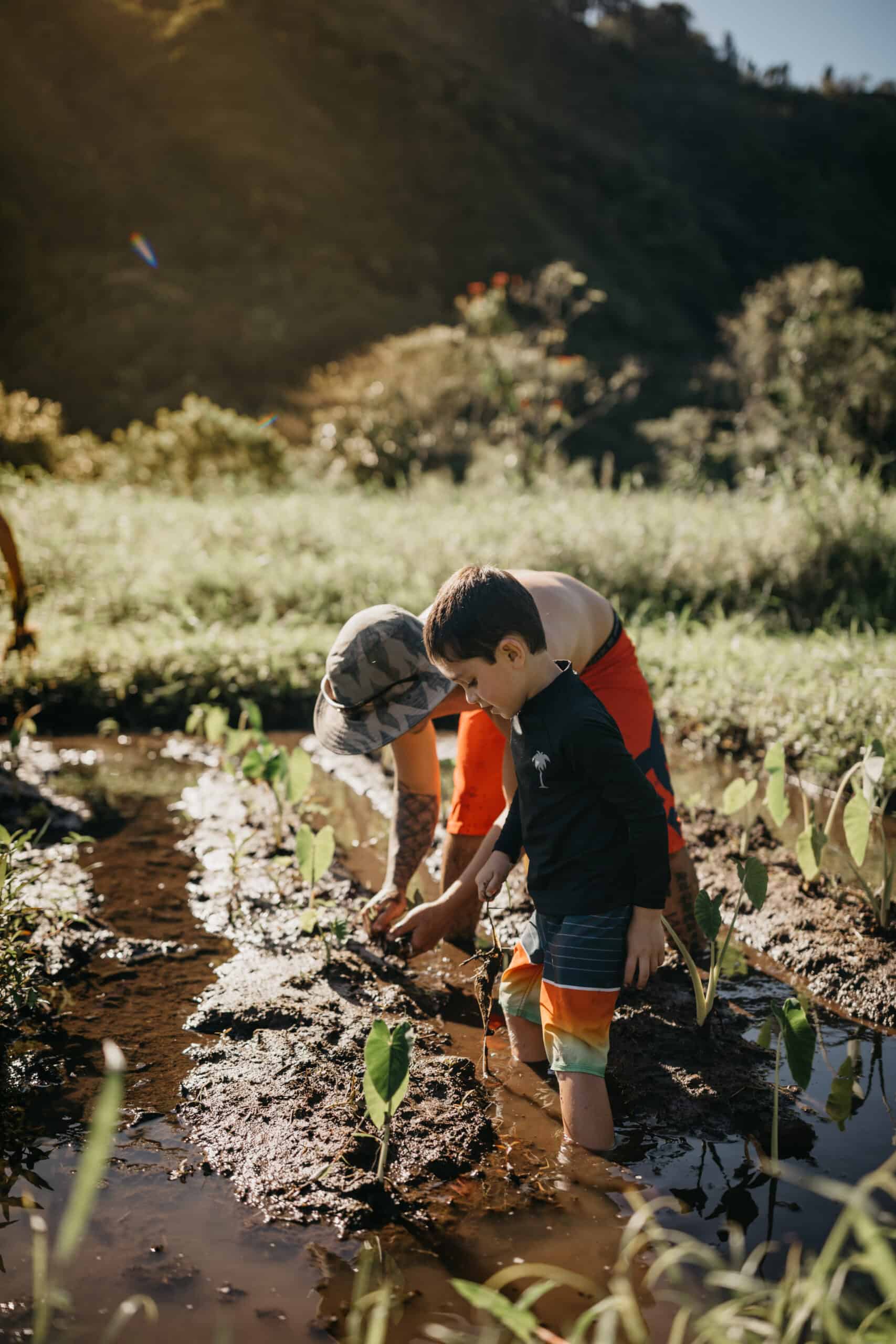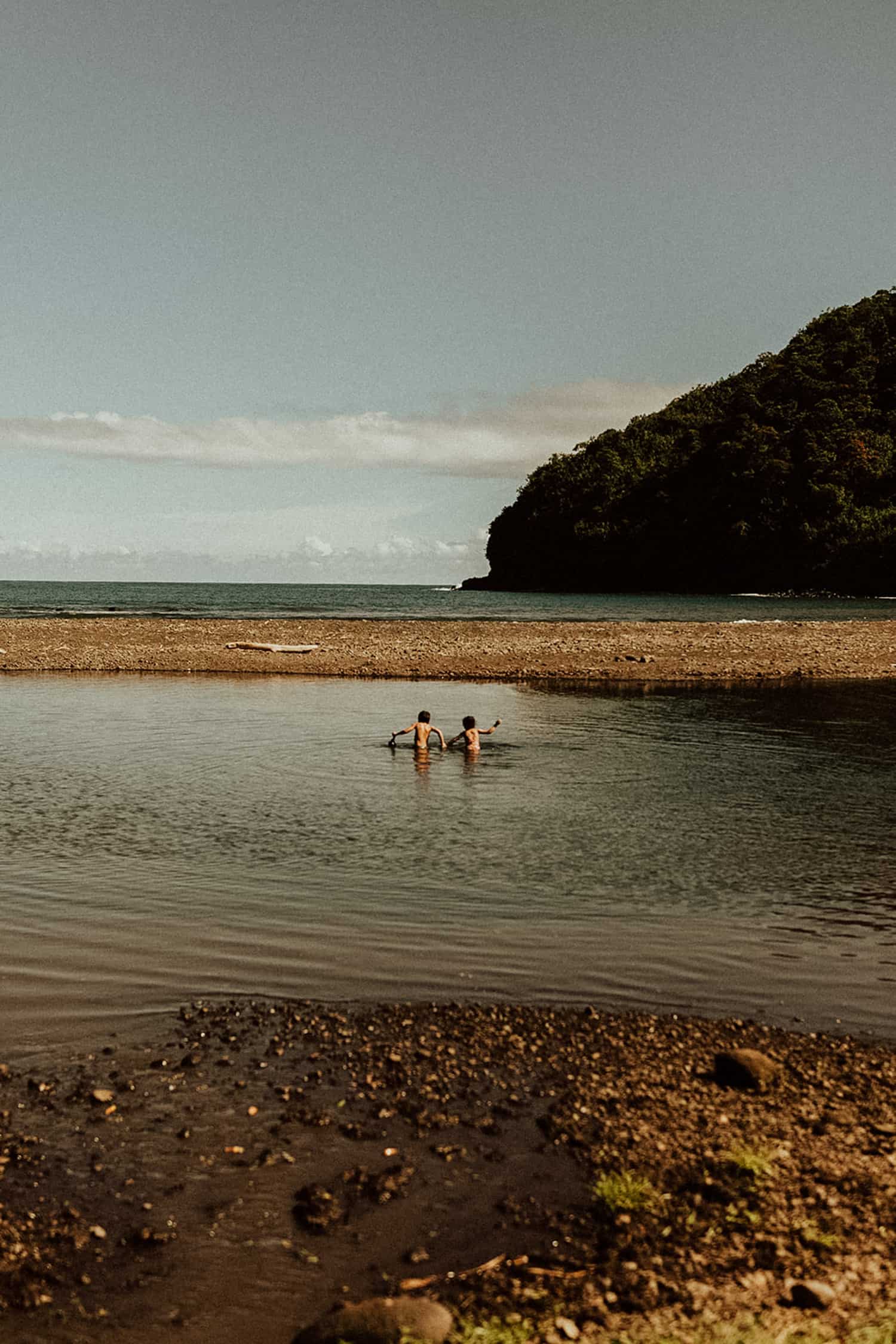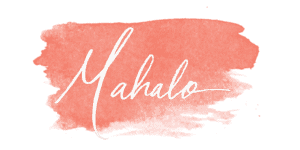Table of Contents
MY JOURNEY
I never visited Hawai’i as a child for vacation, although I remember many of my friends doing so and coming back with stories of the ocean and beauty. Living on the US continent meant my perception was of a paradise, and very little was taught in school about how the United States’ stole the islands in a way that was far from legal. When I first visited at 18, I stayed with my university best friend who was born and raised upcountry and experienced a local’s perspective, but it wasn’t until I moved to the island and began to dig deeper into the history by taking Hawaiian Studies classes at University of Hawai’i at Mānoa and University of Hawai’i at Maui for ‘ōlelo Hawai’i (Hawaiian Language), that I began to realize how little I understood.
I started a photography project documenting and interviewing inspiring makuahine in the community, which lead me to Kamalani and Nāpua, who I’ve worked with to document various sovereignty movements to support the Kingdom of Hawai’i. These wahine continue to teach and spread awareness on a level that is truly inspiring, and have introduced me to a larger community of kanaka who support the ‘āina in a way that is free from corruption. To have awareness of the deeper history of colonialism and on-going control from corporations and military has changed my entire framework. Although I’ve lived on Maui for 10 years, I consider myself a malihini (guest) to these islands and aim to learn, stand with, and support Native Hawaiians in all the ways. This means checking myself constantly as I understand more of the layers of not only the history, but the current situations that threaten the future of the ‘āina.
One way to support Native Hawaiians, the environment, and future generations, is to get in the lo’i and gather with community to put food in the ground. The reclamation of land is in planting kalo (taro) and restoring streams to their natural state.
Honomanū Restoration Project
Food security — it’s the goal. Nāpua and Kamalani began Honomanū Restoration Project with native and non-native tenants to restore the valley to its original flourishing state. For decades, Hawaiians have fought to restore the flow of the East Maui streams. The streams have been diverted for corporate interest and have impacted the marine life, created stagnant water with bacteria, dried up taro patches and left the surrounded area neglected. The Honomanū Restoration Project joins with other community-based movements to implement self-sustaining farming methods and eating from the ‘āina, as 90% of the islands’ food is imported.
April 20, 2020 Update from Nāpua
JOIN THE MOVEMENT
Volunteers are welcome to join community work day and get their hands in the soil as part of the on-going revolution.
You can find out more by visiting the Aha Ali’i website, and Honomanū Restoration instagram.
See you there!
